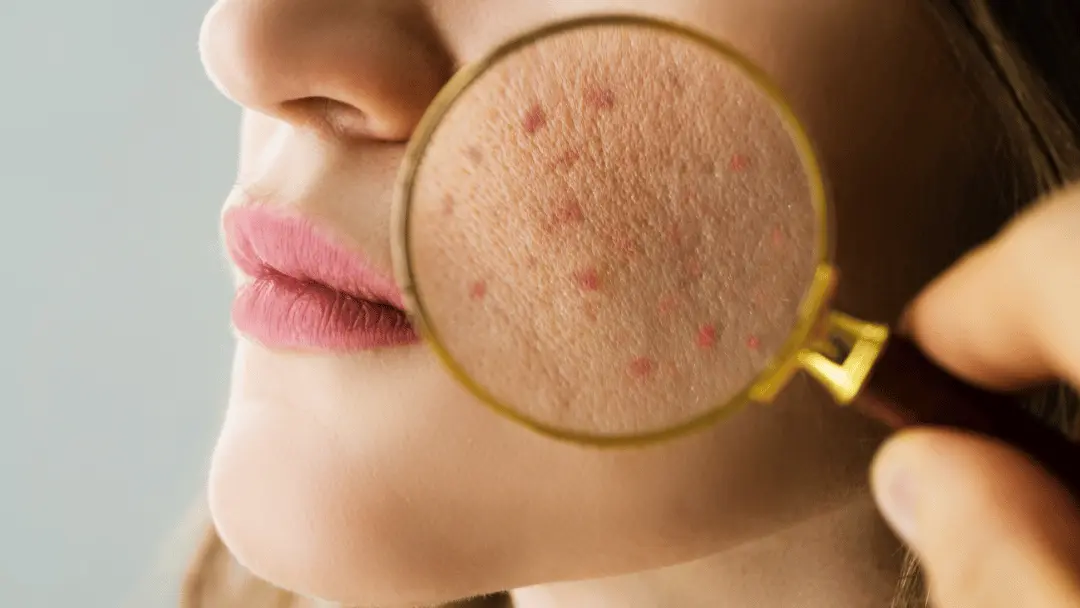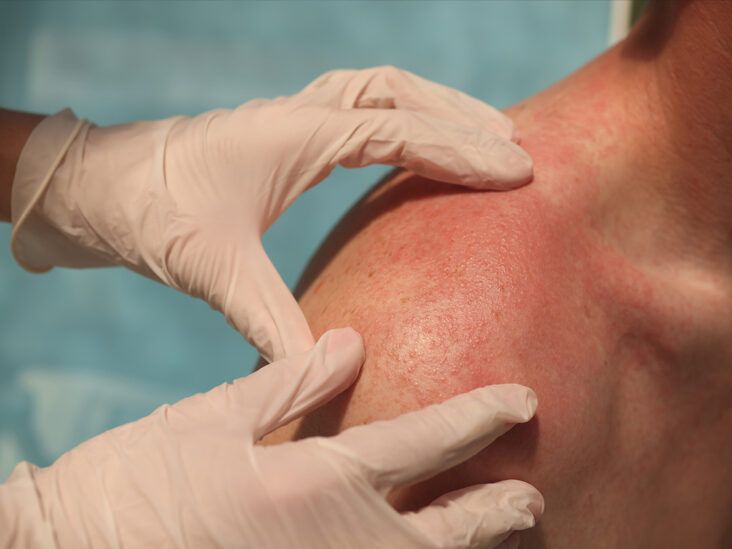Protect your skin potential skin cancer with early detection and professional treatment options.
Protect your skin potential skin cancer with early detection and professional treatment options.
Blog Article
Browsing Skin Cancer Therapy: The Important Function of Mohs in Modern Dermatology Practices
Skin cancer cells, a challenging diagnosis, usually leaves individuals grappling with numerous therapy options. As we check out the ins and outs of this treatment, one will certainly appreciate its crucial role in skin cancer treatment.
Comprehending Skin Cancer: Types and Risks
Skin cancer cells, a possibly lethal ailment, is much much more common than many individuals understand. This condition, brought on by the uncontrolled development of uncommon skin cells, mostly arises from DNA damages as a result of direct exposure to the sun and ultraviolet (UV) light. There are 3 primary kinds of skin cancer: Basal cell carcinoma, Squamous cell cancer, and Melanoma. While the previous 2 are less lethal and compose the majority of detected cases, melanoma is one of the most unsafe. It accounts for just about 1% of skin cancer cells instances yet creates the huge majority of skin cancer fatalities - hair loss. Danger aspects include fair skin, history of sunburn, extreme sunlight exposure, living at high altitudes or near to the equator, having several moles, a family members background of skin cancer cells, and deteriorated body immune system.
What Is Mohs Surgical procedure and Just How It's Transforming Skin Cancer Treatment
Despite the various therapies currently readily available for skin cancer cells, Mohs surgery sticks out as a groundbreaking and very effective option. Named after Frederic E. Mohs, the physician who created the treatment, Mohs surgical treatment is a precise medical strategy used to deal with skin cancer. During the treatment, slim layers of cancer-containing skin are considerably gotten rid of and checked out until only cancer-free cells stays. This technique permits the doctor to confirm that all cancer cells have actually been gotten rid of at the time of surgical treatment. This level of accuracy, incorporated with the capacity to save as much healthy and balanced tissue as possible, is transforming see post skin cancer treatment. As an outcome, Mohs surgical treatment has actually become a keystone of modern dermatology techniques.
The Advantages of Mohs Surgery Over Typical Skin Cancer Cells Treatments
Structure on the cutting-edge nature of Mohs surgery, it's essential to consider its many benefits over typical skin cancer treatments. Unlike conventional treatments, Mohs provides a greater treatment rate, usually getting to 99% for new treatments and 94% for persistent cancers cells. In addition, it lessens damages to healthy skin, leading to less scarring and enhanced aesthetic end results.
The Treatment of Mohs Surgery: What to Anticipate During the Process

Prospective Side Effects and Post-Operative Treatment of Mohs Surgical Treatment
Going through Mohs surgical treatment, like any kind of various other operation, involves potential adverse effects that individuals should recognize. Common adverse effects consist of pain, wounding, and swelling at the surgical treatment site. Nonetheless, these are usually temporary and convenient with over-the-counter pain medication and browse around this site ice packs. In rare cases, clients might experience infection, bleeding, or a sensitive response to the regional anesthetic. Post-operative treatment is important to healing and minimizing side results. This normally includes maintaining the injury tidy and dry, taking proposed medicines, and avoiding laborious tasks. Clients must also go to all follow-up visits for injury treatment and monitoring. Sometimes, additional therapies might be necessary to make sure full removal of the malignant cells. Complying with these post-operative treatment guidelines can considerably improve healing and results.
Verdict

Report this page